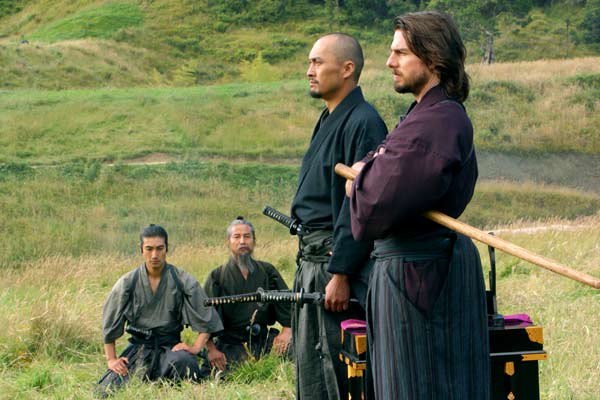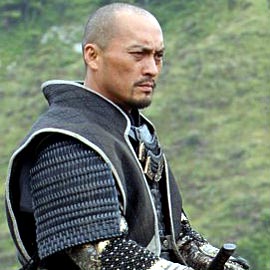Hello to all ,
DG Artwork are another company that have established themselves with their products, and announced the release of another addition to their range here on PF :
http://www.planetfigure.com/threads/dg-artwork-new-release-for-june-2015.71995/
What are we looking at today :

The members of the Shinsengumi were highly visible in battle due to their distinctive uniforms.
Standard uniform consisted of the haori and hakama over a kimono, with a white cord called a tasuki crossed over the chest and tied in the back. The function of the tasukiwas to prevent the sleeves of the kimono from interfering with movement of the arms. The Shinsengumi wore a light mail suit beneath their robes and a light iron helmet .
A distinctive head band on which was inscribed the word, makoto meaning sincerity
The uniform was best defined by the haori, which was colored asagi-iro (浅葱色?, light blue). The haori sleeves were trimmed with "white mountain stripes", resulting in a very distinctive uniform, very different to the usual browns, blacks, and greys found in warrior clothing.
Featured in many films as well as Manga characters in whatever guise they are it is a fascinating period in Japanese history and extremely interesting to research about.








Continued in next post:
Nap
DG Artwork are another company that have established themselves with their products, and announced the release of another addition to their range here on PF :
http://www.planetfigure.com/threads/dg-artwork-new-release-for-june-2015.71995/
What are we looking at today :

Now I have to admit that I had not heard of the subject so it was with much interest I went searching for information.
The Shinsengumi(新選組 or 新撰組?, meaning "the new squad") was a special police style force organized by the Bakufu (military government) in 1864 and carried on as this till 1869.. The unit comprised samurai without masters drawn from the Ed schools.consisting of 234 in number.
Initially, the Shinsengumi were called Miburō(壬生浪?), meaning " Ronin of Mibu ". At this time the village of Mibu was south west of Kyoto, and was the place where the Shinsengumi were stationed.
In 1864, in an incident at the Ikedaya Inn in Kyoto thirty Shinsengumi suppressed a cell of twenty Choshu revolutionaries, possibly preventing the burning of Kyoto. The incident made the squad more famous and led to soldiers enlisting in the squad.
At its peak, the Shinsengumi had about 300 members. They were the first samurai group of the Tokugawa era to allow those from non-samurai classes (farmers and merchants, for example) to join. Many joined the group due to the desire to become a samurai and be involved in political affairs. However, it is a misconception that most of the Shinsengumi members were from non-samurai classes. Out of 106 Shinsengumi members (among a total of 302 members at the time), there were 87 samurai, eight farmers, three merchants, three medical doctors, three priests, and two craftsmen. Several of the leaders, such as Yamanami, Okita, Saitō, Nagakura, and Harada, were born samurai.
The code of the Shinsengumi included five articles, prohibiting deviation from the samurai code OF Bushido .
1.leaving the Shinsengumi
2. raising money privately
3.Taking part in others' litigation
4.Engaging in private fights
5.If the leader of a unit was mortally wounded in a fight, all the members of the unit must fight and die on the spot and, even in a fight where the death toll was high, the unit was not allowed to retrieve the bodies of the dead, except the corpse of the leader of the unit.
The penalty for breaking any rule was SEPPUKA
UniformThe members of the Shinsengumi were highly visible in battle due to their distinctive uniforms.
Standard uniform consisted of the haori and hakama over a kimono, with a white cord called a tasuki crossed over the chest and tied in the back. The function of the tasukiwas to prevent the sleeves of the kimono from interfering with movement of the arms. The Shinsengumi wore a light mail suit beneath their robes and a light iron helmet .
A distinctive head band on which was inscribed the word, makoto meaning sincerity
The uniform was best defined by the haori, which was colored asagi-iro (浅葱色?, light blue). The haori sleeves were trimmed with "white mountain stripes", resulting in a very distinctive uniform, very different to the usual browns, blacks, and greys found in warrior clothing.
Featured in many films as well as Manga characters in whatever guise they are it is a fascinating period in Japanese history and extremely interesting to research about.








For further reading can I suggest these books :






Continued in next post:
Nap





























